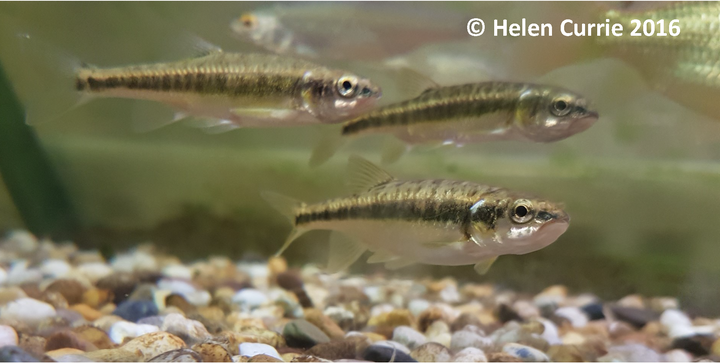Collective behavior of the European minnow (Phoxinus phoxinus) is influenced by signals of differing acoustic complexity
 Image credit: Unsplash.com
Image credit: Unsplash.com
Abstract
Collective behavior, such as shoaling in fish, benefits individuals through a variety of activities such as social information exchange and in anti-predator defence. Human driven disturbance (e.g. anthropogenic noise) is known to affect the behavior and physiology of individual animals, but the disruption of social aggregations of fish remains poorly understood. Anthropogenic noise originates from a variety of activities and differs in acoustic structure, dominant frequencies, and spectral complexity. The response of groups of fish may differ greatly, depending on the type of noise, and how it is perceived (e.g. threatening or attractive). In a controlled laboratory study, high resolution video tracking in combination with fine scale acoustic mapping was used to investigate the response of groups of European minnows (Phoxinus phoxinus), to signals of differing acoustic complexity (sinewave tones vs octave band noise) under low (150 Hz) and high (2200 Hz) frequencies. Fish startled and decreased their mean group swimming speed under all four treatments, with low frequency sinewave tones having the greatest influence on group behavior. The shoals exhibited spatial avoidance during both low frequency treatments, with more time spent in areas of lower acoustic intensity than expected. This study illustrates how noise can influence the spatial distribution and social dynamics within groups of fish, and due to the high potential for freshwater aquatic environments to be influenced by anthropogenic activity, wider consequences for populations should be further investigated.